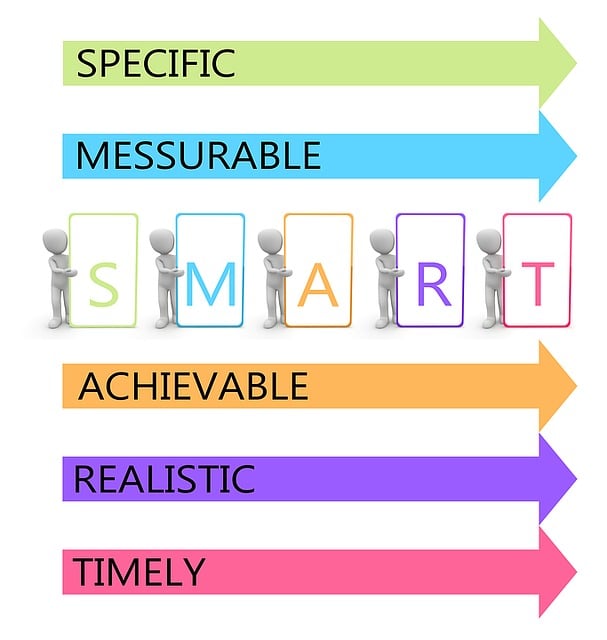Security workforce screening is a multi-faceted process crucial for organizations in highly regulated industries. It goes beyond basic checks, examining employment, education, references, and mental health to verify individuals' suitability for sensitive roles. This holistic approach mitigates insider threats, ensures regulatory compliance, and fosters trust within security teams by granting access only to trusted personnel with verified backgrounds.
In today’s heightened security landscape, background checks are essential for organizations aiming to maintain regulatory compliance. This article explores the critical role of comprehensive security workforce screening in mitigating risks and ensuring adherence to legal requirements. We delve into key aspects such as understanding security background checks, their significance in regulatory compliance, and identifying potential red flags through thorough verification processes. Discover best practices for implementing effective security workforce screening to foster a safer working environment.
- Understanding Security Background Checks
- Regulatory Compliance: A Cornerstone of Security
- The Role of Workforce Screening in Security
- Identifying Red Flags Through Background Verification
- Mitigating Risks with Thorough Security Assessments
- Best Practices for Effective Security Background Checks
Understanding Security Background Checks

Security background checks are an essential component of any organization’s risk management strategy, particularly in highly regulated industries. These comprehensive evaluations go beyond a simple search for criminal records; they meticulously scrutinize an individual’s history to ensure they meet the stringent standards required for sensitive roles within the security workforce. By delving into various aspects such as employment history, education, and personal references, background checks help organizations identify potential risks or discrepancies that could compromise their operations and regulatory compliance.
Effective security workforce screening involves a multi-layered process designed to mitigate risks associated with insider threats and external vulnerabilities. It includes verifying identities, checking for any connections to prohibited items or activities, assessing mental health and substance abuse histories, and evaluating past performance records. This holistic approach ensures that only individuals with untainted backgrounds are granted access to critical infrastructure and sensitive information, fostering a safer and more secure working environment.
Regulatory Compliance: A Cornerstone of Security

Regulatory compliance is a cornerstone of any robust security strategy, especially in industries where the potential risks are high and sensitive data is involved. Security background checks play a pivotal role in ensuring that organizations adhere to legal mandates and industry standards, thereby fortifying their defenses against internal and external threats.
Effective security workforce screening involves meticulous verification of an individual’s background, including their employment history, education, and any relevant legal or regulatory records. By conducting thorough checks, organizations can identify potential vulnerabilities or red flags early on, mitigating risks before they escalate. This proactive approach to compliance not only safeguards sensitive information but also fosters a culture of trust and accountability within the security team.
The Role of Workforce Screening in Security

Workforce screening is a vital component in ensuring comprehensive security and regulatory compliance within any organization. It involves a thorough evaluation of potential employees, contractors, or volunteers, delving into their background, credentials, and suitability for specific roles. This process is essential to mitigate risks associated with insider threats, fraud, and unauthorized access to sensitive information.
By implementing robust workforce screening practices, businesses can identify and mitigate security gaps before they become vulnerabilities. It includes verifying employment history, checking references, conducting criminal background checks, and assessing potential cultural or behavioral red flags. This multi-faceted approach ensures that only trusted individuals with the necessary skills and integrity are granted access to critical assets and data, fostering a secure work environment aligned with regulatory standards.
Identifying Red Flags Through Background Verification

Background verification is a powerful tool for identifying red flags and ensuring regulatory compliance within the security workforce. By delving into an individual’s history, organizations can uncover potential issues that may compromise security protocols. This process involves meticulous screening of various data points, including criminal records, employment history, and educational qualifications. Any discrepancies or suspicious patterns can serve as warning signs, prompting further investigation.
For instance, consistent gaps in employment history or unverifyable claims in application forms could indicate dishonesty or attempts to evade scrutiny. Such insights are invaluable for safeguarding sensitive environments where security personnel have access to critical infrastructure or confidential information. Proactive identification of potential risks through comprehensive security workforce screening enables organizations to mitigate threats and maintain regulatory adherence.
Mitigating Risks with Thorough Security Assessments

Security assessments are an indispensable tool for mitigating risks associated with regulatory non-compliance, especially in high-stakes industries where data breaches or security lapses can have severe consequences. These thorough evaluations go beyond basic background checks to delve into an individual’s potential security threats and vulnerabilities. By implementing rigorous security workforce screening processes, organizations can ensure that their employees, contractors, and partners adhere to stringent safety protocols.
A comprehensive assessment involves verifying identities, checking for past misconduct, assessing psychological profiles, and uncovering any associations or behaviors indicative of potential risks. This multi-faceted approach allows businesses to identify red flags that might be missed through conventional background checks. As a result, organizations can foster a secure environment, protect sensitive information, and maintain regulatory integrity, thereby safeguarding their reputation and assets.
Best Practices for Effective Security Background Checks

Implementing robust best practices is paramount for effective security workforce screening. These include conducting comprehensive checks on all applicants, verifying educational credentials and work history, and utilizing multiple data sources to cross-reference information. Regular updates to background check databases are also crucial, as well as adhering to legal requirements and industry standards like eVerify or other government-backed verification systems.
Moreover, a multi-layered approach should be taken, involving both automated screening tools for initial filtering and manual reviews by experts. This ensures that red flags are caught early while allowing for nuanced judgment when assessing sensitive cases. Additionally, maintaining thorough documentation of the entire process is essential for transparency, audit trails, and demonstrating regulatory compliance.
